1. A&P (The Great Atlantic & Pacific Tea Company)
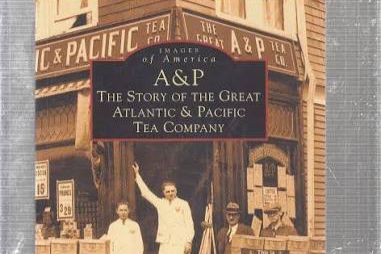
Once the largest grocery chain in the world, A&P was a pioneering force in the American supermarket landscape for over 150 years before its eventual demise. Founded in 1859, the company grew into an empire of more than 16,000 stores at its 1920s peak, introducing concepts like the self-service grocery model that shaped modern shopping. However, a series of financial troubles, failed mergers, and a struggle to adapt to the rise of massive discount stores and warehouse clubs led the iconic brand to file for bankruptcy multiple times. The last of the remaining A&P stores finally closed their doors for good in late 2015, effectively ending the reign of a true grocery titan.
2. Dominick’s Finer Foods
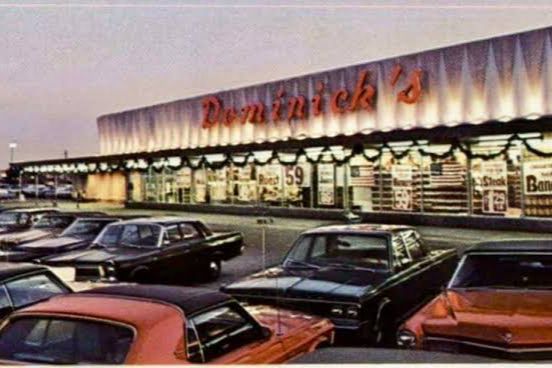
Dominick’s was a beloved Chicago-area institution, particularly known for its quality produce and fresh-prepared Italian-American foods, since its founding in 1918. For generations, the family-run business established a strong reputation for community involvement and traditional values that resonated deeply with local shoppers. However, following its acquisition by Safeway in the late 1990s, the brand struggled to maintain its unique identity against more agile competitors like Jewel-Osco and Mariano’s. Despite efforts to revitalize the chain, Safeway ultimately made the difficult decision to exit the Chicago market, and the last Dominick’s locations closed in 2013, leaving a nostalgic gap in the regional food scene.
3. Red Owl Stores
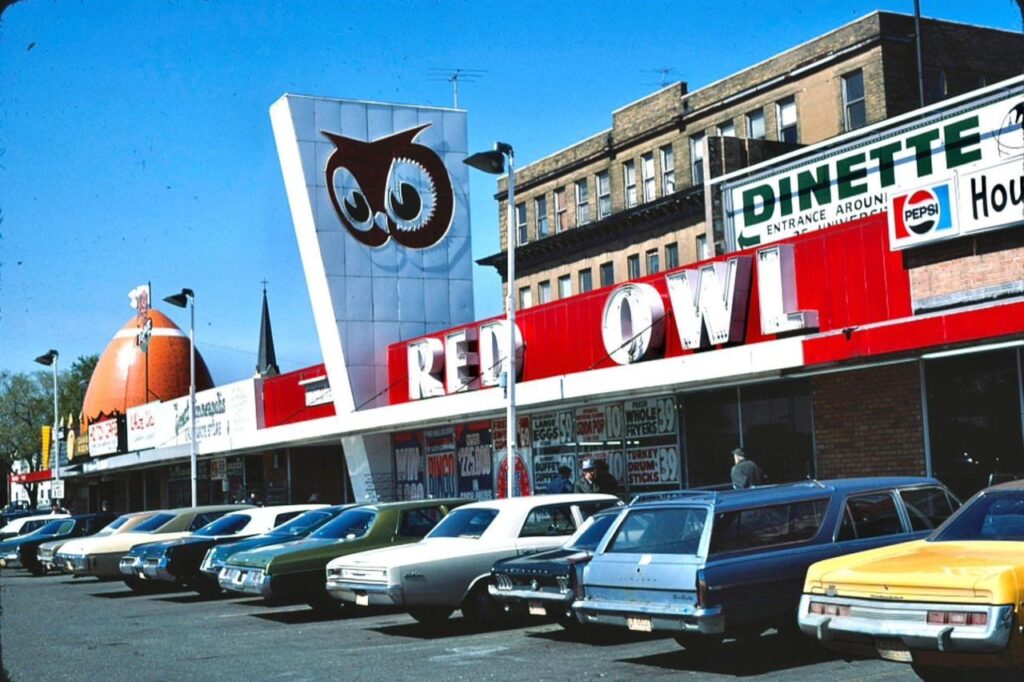
Recognizable by its wide-eyed red owl logo, this regional grocery chain was a cornerstone of the Midwest, operating mainly across Minnesota, Wisconsin, and the Dakotas for much of the 20th century. Red Owl was known for its exceptional local service and strong meat counters, cultivating a loyal customer base, especially in smaller towns. Like many smaller chains, it faced increasing pressure from larger, national competitors entering its territory and eventually succumbed to the economic pressures of consolidation. By the late 1980s, the Red Owl brand was largely sold off and dissolved, its locations either closed or rebranded by acquiring companies, essentially ending its quiet chapter in grocery history.
4. Fresh & Easy Neighborhood Market
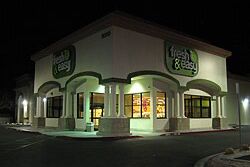
Launched by the UK-based supermarket giant Tesco in 2007, Fresh & Easy was a bold attempt to break into the American market with a smaller, convenience-focused store concept. The chain aimed to capitalize on a gap between traditional supermarkets and convenience stores, offering prepared meals and own-brand products in a modern, streamlined environment. Despite expanding to over 200 locations in the Western United States, the brand consistently struggled to understand the diverse American consumer’s habits and logistical needs, failing to turn a profit. After two bankruptcy filings, the chain completely ceased operations in 2015, serving as a cautionary tale of a foreign retailer misjudging local tastes.
5. Jitney Jungle
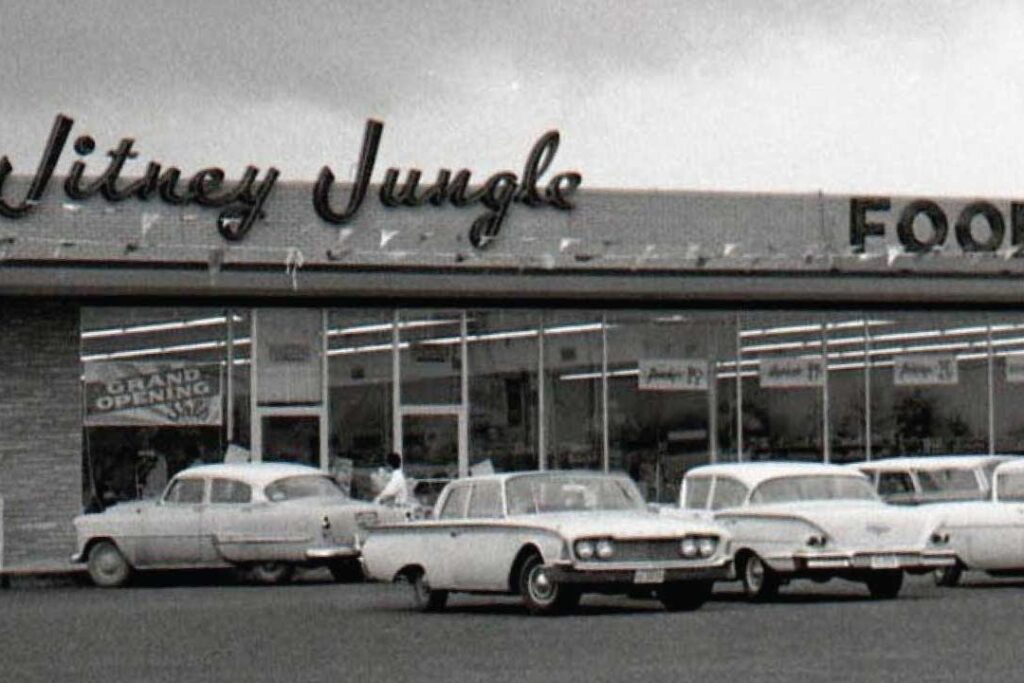
The Mississippi-based Jitney Jungle chain was known for its playful, jungle-themed decor and operated throughout the Southern United States for over 80 years. Founded in 1919, the name was a phonetic play on ‘Jitney,’ an old term for a bus fare, suggesting cheap, accessible shopping. The chain successfully expanded its footprint, staying primarily family-owned until the mid-1990s. However, intense competition from national chains moving into the South eventually proved too much. After being sold to Winn-Dixie in 2000, the brand was gradually phased out and all remaining Jitney Jungle and its related stores were rebranded or closed by 2001, removing its unique charm from the region.
6. Alpha Beta
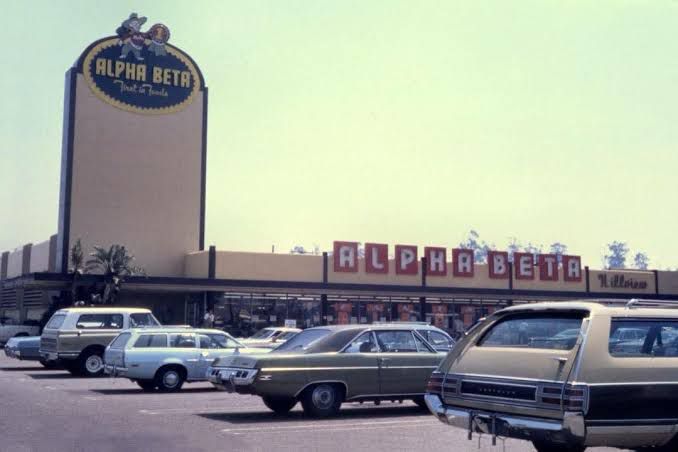
Alpha Beta was a significant presence in the Southern California grocery market, particularly throughout the 20th century. Its claim to fame was a novel shelving system, literally arranging products in alphabetical order across each shelf to supposedly help shoppers locate items more efficiently. The chain was later acquired by American Stores Co. in 1961, and for a time, it continued to operate successfully under its distinct banner. However, after further corporate shuffling and consolidations in the 1990s, the majority of Alpha Beta locations were rebranded to the parent company’s other banners, primarily Lucky Stores, and the Alpha Beta name vanished from the streets of its home region.
7. Hinky Dinky
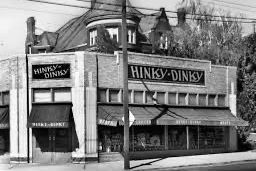
With an unusual and memorable name, Hinky Dinky was a regional supermarket chain founded in Omaha, Nebraska, in 1925, expanding across the Midwestern states. The whimsical name was reportedly inspired by the Hinky Dinky Army Base in Omaha during World War I. The chain was a pioneer, being one of the first grocery stores to offer trading stamps and self-service meat departments. Despite its longevity, Hinky Dinky was purchased by the American Community Stores Corporation in the mid-1970s. Following a period of ownership changes and increasing market pressure from larger competitors, the Hinky Dinky stores ultimately closed down in 1985, leaving behind a legacy as a friendly, community-oriented brand.
8. Grand Union
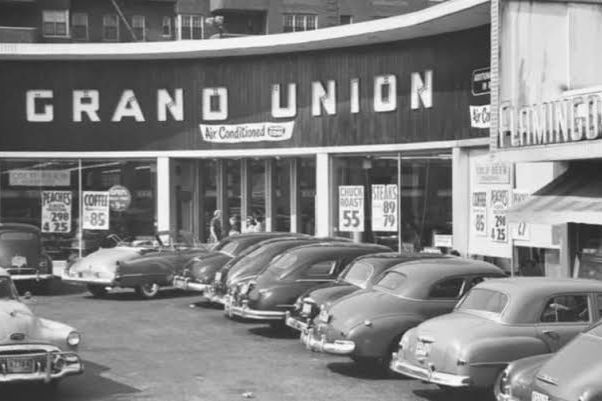
One of the oldest grocery chains in the United States, tracing its roots back to the Jones Brothers Tea Company in 1872, Grand Union had a massive presence in the Northeastern U.S. for generations. The brand was known for its strong loyalty programs and for being one of the first to market coffee directly to consumers. Over its long history, the company went through numerous changes in ownership and management, enduring cycles of growth and decline. Ultimately, persistent financial difficulties and failure to modernize in the face of competition from the likes of ShopRite and Walmart forced the chain into multiple bankruptcies, with the final Grand Union stores closing or being sold off in the early 2000s.
9. Waldbaum’s
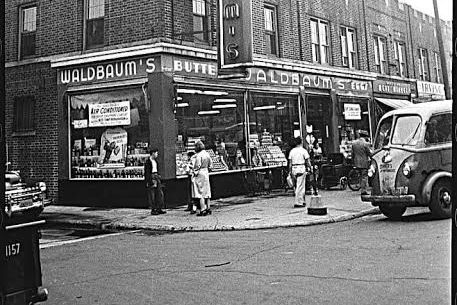
Waldbaum’s was a staple in the New York metropolitan area, particularly on Long Island and in the outer boroughs, having first opened its doors in 1904. It cultivated a reputation as a reliable neighborhood supermarket offering a wide variety of specialty items that catered to the diverse local community. The brand continued to operate successfully as a subsidiary even after being acquired by the Great Atlantic & Pacific Tea Company (A&P) in 1986. However, when the A&P empire began its final collapse in the 2010s, Waldbaum’s stores were included in the mass closures and sales. The brand, much like its parent company, faded from the streetscape as other chains purchased and rebranded the former locations.
10. Food Fair / Pantry Pride
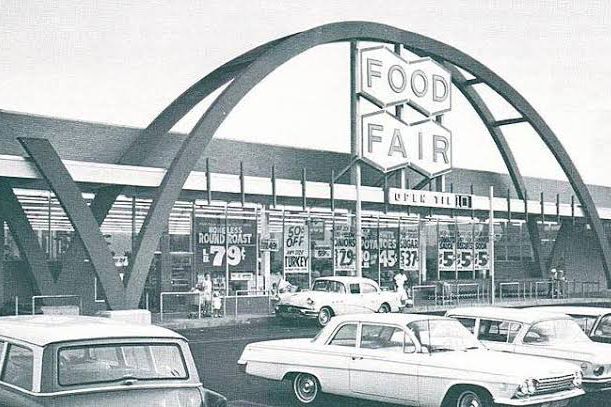
Food Fair started in Harrisburg, Pennsylvania, in the 1920s and grew to be one of the top five grocery chains in the nation by the mid-20th century. The company later changed the name of its newer stores to Pantry Pride. As a supermarket pioneer, the company was known for large stores and wide selection. However, the chain’s aggressive expansion and financial overreach in the 1970s led to significant financial instability. Despite attempts to re-stabilize, the Food Fair/Pantry Pride empire crumbled under massive debt, and by the 1980s, most of its assets had been liquidated or sold to competitors. The once-mighty name disappeared entirely as a result of one of the grocery industry’s major bankruptcies.
11. Big Bear Stores
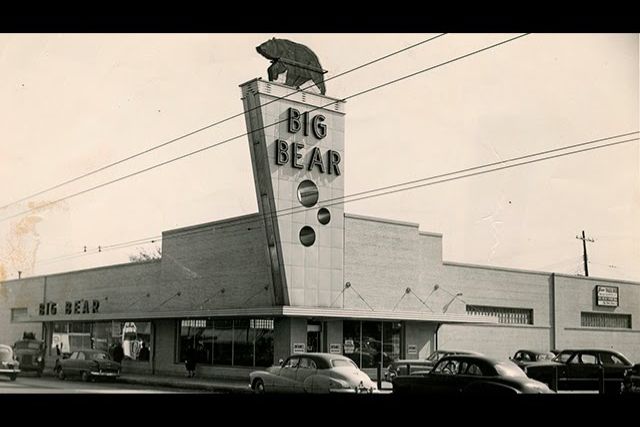
The Big Bear chain was a large-format supermarket that dominated the grocery scene in Ohio and West Virginia for over 70 years, operating from 1933 until the early 2000s. True to its name, the stores were sprawling “wonderlands” that often featured non-food departments, ranging from automotive supplies to flowers, long before the supercenter concept became common. However, the parent company, Penn Traffic, was unable to sustain the business model against the cost-cutting efficiency of major national competitors like Kroger and Walmart. The final chapter closed in 2004 when Penn Traffic sold off or shuttered the remaining Big Bear locations, marking the end of the well-known regional grocery icon.
12. Kohl’s Food Stores
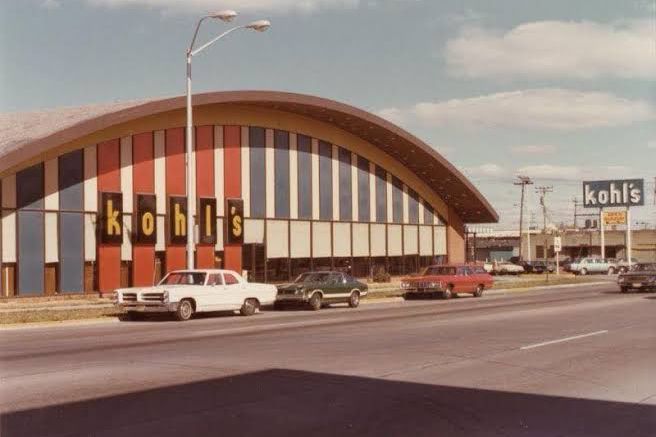
Before it became the national department store chain we know today, Kohl’s began as a successful chain of grocery stores in Milwaukee, Wisconsin, started by Polish immigrant Maxwell Kohl in 1927. Kohl’s Food Stores were known for their quality and fair prices, eventually expanding to dozens of locations across the region. In the early 1960s, the company’s focus shifted when it began opening its first department stores. The Kohl family eventually sold their interest to BATUS Inc. in 1972, which soon thereafter sold off the food store division. While the department store thrived, the grocery brand was completely phased out, with the remaining stores rebranded or closed, demonstrating a complete corporate pivot.
13. Lucky Stores
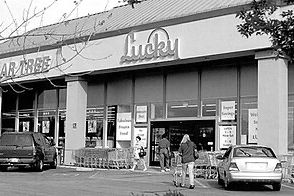
For decades, Lucky Stores was a familiar sight across the Western United States, especially California, providing a broad range of groceries and popular own-brand products. The chain was one of the major players in the competitive California market, maintaining a strong regional identity. The brand’s disappearance was less a failure and more a corporate absorption. In the late 1990s, Albertsons acquired Lucky’s parent company, American Stores Co., and made the strategic decision to rebrand the vast majority of Lucky locations under the more nationally recognized Albertsons banner. While the name has briefly reappeared in some areas under different ownership, its golden era as a major, independent brand came to an end.
14. White Hen Pantry
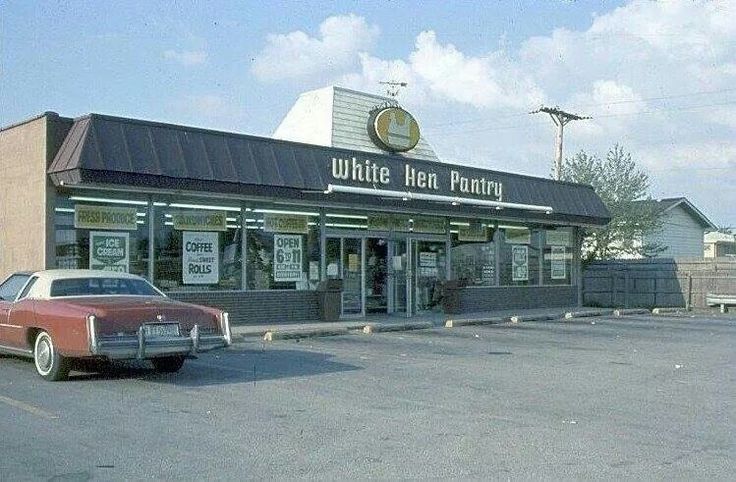
White Hen Pantry was a popular chain of convenience stores, operating primarily in the Chicago area and nearby states, known for its fresh coffee, quality deli sandwiches, and neighborhood-friendly service. Although smaller than a traditional supermarket, it was an indispensable stop for quick groceries and fresh food, particularly from the 1960s through the 1990s. The brand was acquired by 7-Eleven in 2005, which sought to convert the White Hen locations to its own globally recognized nameplate. Within a few years, the distinct White Hen signage and identity vanished completely from the landscape, marking its quiet absorption into the larger convenience store market.
15. National Tea Company
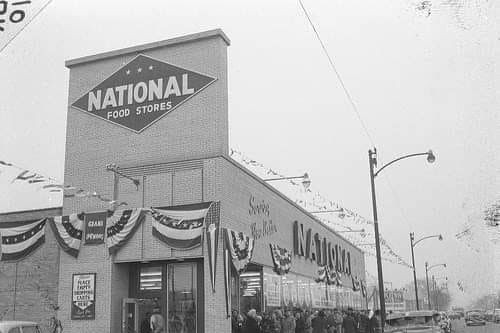
The National Tea Company was one of the earliest giants in the grocery retail world, founded in 1899 and, at its peak, operating more than 1,600 locations across the Midwest and South, commanding millions in sales by the 1920s. Known for its extensive network and competitive pricing, it was a major factor in the grocery landscape of the early 20th century. However, as the industry saw the rise of more modern, centralized supermarket chains in the latter half of the century, National Tea struggled to keep pace. After several sales and attempts to restructure, the brand eventually filed for bankruptcy and the last of its remaining assets were liquidated in 1995, dissolving a once-dominant name.
It’s often surprising to realize how many household names that once felt permanent, from the largest global chain to the local neighborhood favorite, simply fade into history, usually through a combination of corporate mergers, shifting consumer tastes, and the relentless pressure of economic competition. While the stores and product lines may be gone, the memories of a different era of grocery shopping remain, reminding us that even the most stable brands are truly just a moment in time.
This story 15 Grocery Brands That Quietly Disappeared was first published on Daily FETCH


